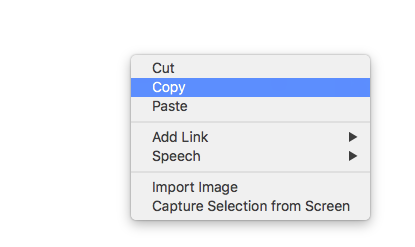thoughts

The creativity of copying
- May 2, 2014
- theory
Cars were invented, toasters and scissors were invented. When they were invented, they seemed useful and specific tasks were made easier or maybe even possible in the first place. Most people would be inclined to say that these were innovations and that their creation was a truly creative act because it required thinking ‘outside the box’, and explore possibilities beyond the ones that had already been exploited. In the case of the invention of the car one could even add that it marked a ‘unique moment of radical disjuncture’, because its coming into existence changed the way of modern life and triggered new processes. Manufacturing a car today means reproducing conventional models of engineering and it’s not seen as a creative process unless it involves the making of some sort of ‘new’ design or technology. Thus, creativity produces novelty. This is they way most people, including anthropologists like John Liep, understand creativity and innovation.
Tim Ingold and Elizabeth Hallam disagree with this view and ascribe this notion of novelty and invention to a so called ‘backwards reading of modernity’. They challenge the polarity between innovation and convention and the belief that ‘nothing is created that was not designed in advance’. To say that innovation is creativity means to look at the outcome, the final product and judge it in terms of its non-conformity to convention. According to this logic, manufacturing a car that replicates an existing model is just an act of imitation. However, what Ingold and Hallam suggest is to look at the process rather than the result. By doing so, we can realize that reproducing and copying takes ‘effort, attention and even problem-solving’ because maintaining an established convention means to accommodate a fixed model to the realities of an inconstant and ever-changing world. This forward reading shows that creativity does not equal innovation but improvisation. If we look at a car that has just been manufactured and deem it a copy of an existing model, then it’s only because we look at the finished product and see the resemblance between the copy and the model. But this resemblance, they suggest, is ‘an outcome of the process’ and ‘not given in advance’. Manufacturers had to improvise and adapt to new challenges to make an exact copy of the model. They had to be creative.
Is adjustment creativity? While this view seems perfectly plausible within its logic, to me, it seems like a difficult concept to grasp when applied to practical examples. To accept the act of imitation as creativity seems particularly hard because it requires breaking out of the scheme of ‘backwards reading’ that is so deeply rooted in all areas of modern society. The ‘forward reading’ is not only challenging our established concept of creativity but it also confronts us with a possibly faulty concept of the human imagination, which we think of as free from the ‘determinations of both nature and society’.